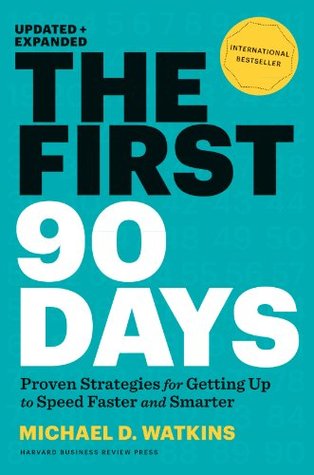More on this book
Community
Kindle Notes & Highlights
The good news on transitions is that they give you a chance to start afresh and make needed changes in an organization. But transitions are also periods of acute vulnerability, because you lack established working relationships and a detailed understanding of your new role.
Your goal in every transition is to get as rapidly as possible to the break-even point. This is the point at which you have contributed as much value to your new organization as you have consumed from it.
When more than two hundred company CEOs and presidents were asked for their best estimates of the time it takes a typical midlevel leader who has been promoted or hired from the outside to reach the break-even point, the average of their responses was 6.2 months.
Leadership ultimately is about influence and leverage. You are, after all, only one person. To be successful, you need to mobilize the energy of many others in your organization.
The dangers of sticking with what you know, working extremely hard at doing it, and failing miserably are very real.
To overcome these barriers and succeed in joining a new company, you should focus on four pillars of effective onboarding: business orientation, stakeholder connection, alignment of expectations, and cultural adaptation. Business Orientation
These elements of culture include things like how people get support for important initiatives, how they win recognition for their accomplishments, and how they view meetings—are
Onboarding checklists Business orientation checklist As early as possible, get access to publicly available information about financials, products, strategy, and brands. Identify additional sources of information, such as websites and analyst reports. If appropriate for your level, ask the business to assemble a briefing book. If possible, schedule familiarization tours of key facilities before the formal start date. Stakeholder connection checklist Ask your boss to identify and introduce you to the key people you should connect with early on. If possible, meet with some stakeholders before
...more
This highlight has been truncated due to consecutive passage length restrictions.
The first task in making a successful transition is to accelerate your learning.
Many leaders tend to dive in and start talking to people. You will pick up much soft information in this way, but it is not efficient. That’s because it can be time-consuming and because its lack of structure makes it difficult to know how much weight to place on various individuals’ observations.
questions: What are the biggest challenges the organization is facing (or will face in the near future)? Why is the organization facing (or going to face) these challenges? What are the most promising unexploited opportunities for growth? What would need to happen for the organization to exploit the potential of these opportunities? If you were me, what would you focus attention
The first question is, What kind of change am I being called upon to lead? Only by answering this question will you know how to match your strategy to the situation. The second question is, What kind of change leader am I?
In a sustaining-success situation, you are shouldering responsibility for preserving the vitality of a successful organization and taking it to the next level. This emphatically does not mean that the organization can rest on its laurels. Rather, it means you need to understand, at a deep level, what has made the business successful and position it to meet the inevitable challenges so that it will continue to grow and prosper. In fact, the key to sustaining success often lies in continuously starting up, accelerating, and realigning parts of the business.
The situational diagnosis conversation. In this conversation, you seek to understand how your new boss sees the STARS portfolio you have inherited. Are there elements of start-up, turnaround, accelerated growth, realignment, and sustaining success? How did the organization reach this point? What factors—both soft and hard—make this situation a challenge? What resources within the organization can you draw on? Your view may differ from your boss’s, but it is essential to grasp how she sees the situation. The expectations conversation. Your goal in this conversation is to understand and
...more
This highlight has been truncated due to consecutive passage length restrictions.
Even if you’re sure you know what your boss expects, you should go back regularly to confirm and clarify.
building personal credibility in roughly the first 30 days, and deciding which projects you will launch to achieve early performance improvements beyond that.


